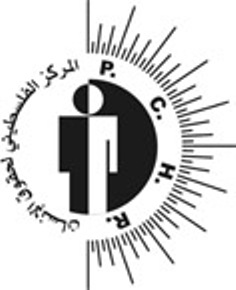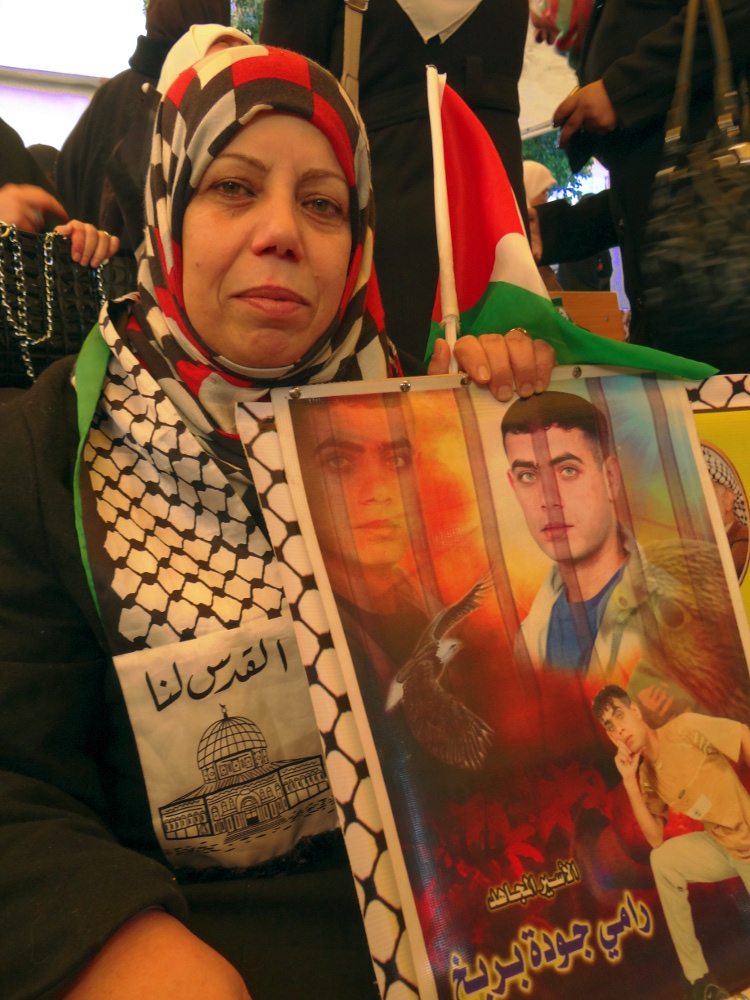Year: 2013
-
Israeli naval forces chased Palestinian fishermen and confiscated their fishing equipment in the Gaza waters
19th December 2013 | Palestinian Centre for Human Rights| Occupied Palestine Israeli Naval Forces stationed off Beit Lahi shore in the northern Gaza Strip opened fire at Palestinian fishing boats in 4 separate incidents while sailing between 600 meters and 3 nautical miles. Israeli naval forces also confiscated 24 fishing nets. The Palestinian Center for Human Rights (PCHR)…
-
Interview with Hashem Azzeh: “They want me to move but I will never give up, we are still fighting until we get our freedom”
18h December 2013 | International Solidarity Movement | Occupied Palestine Hashem Younes Azzeh is a 50-year-old resident of Tel Rumeida, he is married with 4 children and is a graduate of Hebron and Jordan Universities. Can you tell us about the situation in Hebron in general and why it is unique in the West Bank? The city…
-
At Gaza sit-in for detainees, Um Rami and Um Dia’a hope sons will be released next week
17th December 2013 | Resistenza Quotidiana, Silvia Todeschini | Gaza, Occupied Palestine Every Monday, activists and relatives of political prisoners in Israeli jails attend a solidarity sit-in inside the courtyard of the International Committee of the Red Cross in Gaza. The perseverance of these women and men, who have met here every week for eighteen years,…



